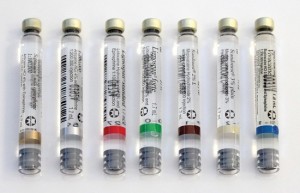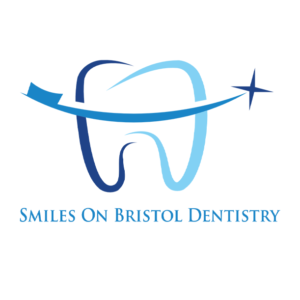[sgmb id=”1″ customimageurl=”” ]
Local Anesthesia
Local anesthesia is a type of anesthetic administered by the dentist to help prevent discomfort on an area of your mouth that needs dental treatment needed. (Some states allow dental hygienist to administer local anesthesia.) Many people fear or do not visit the dentist regularly because they are afraid of the anesthetic needles. They put their self at higher risk in developing major dental problems. Local anesthesia works by blocking the nerves that sense or transmit pain. Making the dental treatment easier on the patient without feeling any pain or discomfort.
First, before any local anesthesia is administered the dentist will use a topical anesthetic on the injection site. The topical anesthetic is placed in the oral mucosa for at least one minute. The topical anesthesia will help eliminate sensation, making the patient feel less discomfort when the anesthetic is administered. Topical anesthetic can also be used to depress the gag reflex that occur when taking x-rays or impressions. Topical anesthetic can come in gel, ointments, liquids, and metered sprays. It is commonly found in gel form, and comes in different flavors.
Injectable anesthetic comes in liquid form and it’s in a cartridge. There are many types of injectable anesthetics, they are labeled with different color cartridges. Some anesthetics contain vasoconstrictor; vasoconstrictor increases the duration of the anesthetic. There are some types of anesthetics that contain no vasoconstrictor and the duration of the anesthetic is less than one with vasoconstrictor. These are mostly used on patients with high blood pressure, and come in a light brown-labeled cartridge.
Local anesthesia can be used for most dental treatment. Including dental fillings, root canals, crown preparations, extractions, and deep cleanings. There are some cases were your dentist will recommend sedation for wisdom teeth extractions. Local anesthesia can last from 3 to 5 hours so it’s very important to avoid hot foods and drinks, and avoid biting your lips and cheeks.
Local anesthesia is not the most fun part in dentistry, but it does help you from feeling any sensitivity or pain while in dental treatment. If you have any questions regarding local anesthesia in the dental field, you can contact our dentist in Santa Ana, Dr. Danial Kalantari or your friendly staff of Smiles on Bristol Dentistry.Contact Us

